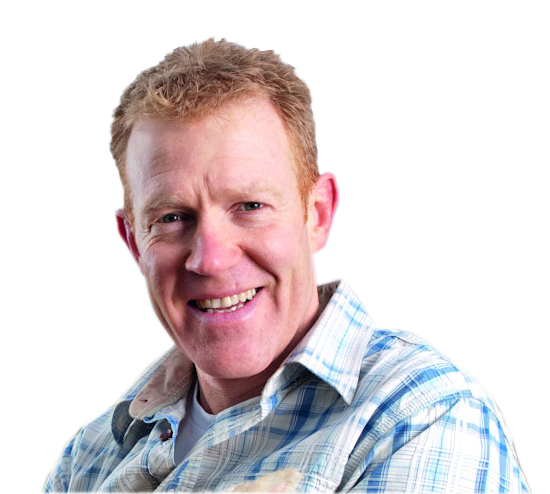The days are getting shorter and colder while the nights are darker – autumn has arrived. Traditionally, this is when beef and dairy farmers bring the cattle in from their summer pasture to be housed under cover for the winter.
Most commercial cattle herds choose to do this to protect their grazing fields from being churned up in wet conditions by the cattle’s hooves and by tractors having to transport food to them. It also means the animals are protected from harsh winter conditions. There are some really hardy, traditional breeds, such as the Highland with its thick shaggy coat, which can cope with the very worst that the UK climate can throw at them. But the majority of cattle, particularly the thin-skinned dairy breeds, dislike severe winters as much as we do. So, overwintering barns provide warmth, shelter and safety. It’s also a good time to check the herd’s health: hoof, udder and mouth inspections are much easier when the animals are in a place that’s dry and close to the main farm animal-handling pens.
There’s also a practical reason why herds are brought in for the winter – the lack of fresh grass to feed on. That’s when a plentiful supply of silage (grass cut earlier in the year and ‘pickled’ in plastic wrap) comes into its own.
Round-the-clock care
This isn’t the whole story. Changes in animal husbandry and improvements in technology have seen an increase in the number of herds housed throughout the year. It means the cattle can be constantly monitored in an environment that’s comfortable and well-drained. Computerised-systems and scanners can be the farmers’ eyes and ears, checking all aspects of the herd’s health and supplying the right amount of nutrition and correct food supplements.
At a time when dairy farmers are leaving the industry in alarming numbers amid disputes over the price they’re paid for milk, some say year-round housing is a shrewd move financially, with the economies of scale that a large indoor dairy unit brings. In fact, the biggest year-round barns often have an on-site vet.
Hardier husbandry
There’s a third way of keeping cattle – some herdsmen, mainly beef producers, insist on keeping their livestock outside the entire year. They say it’s kinder to the cattle, that they improve by staying outdoors for 12 months of the year and that the meat is superior. During winter, grass is supplemented with silage, hay, haylage, salt licks and forage crops. This arrangement won’t suit everyone and depends on the characteristics of the herd, location, weather, local climate and type of soil. No one is going to out-winter if their pasture is a mud bath from October to April.
Free rangers
And there’s a place high up in the Cotswolds where a totally different system operates, one that harks back to an almost lost way of agriculture. On Minchinhampton and Rodborough Commons, overlooking the old market town of Stroud, hundreds of cattle graze freely every summer. Local farmers have ancient commoners’ rights that allow them, every May, to put their herds on to nearly 900 acres of land, dotted with houses and criss-crossed by roads. The breeds that roam and graze all summer on this ancient grassland include cross-bred Aberdeen Angus and handsome Herefords, mahogany Old Gloucesters and a herd of magnificent, wide-horned Highlands. Once the temperature drops and the grass dwindles, the animals’ instincts kick in and they troop off in different directions, following their noses and intuition back to their homes.
Ask Adam: What topic would you like to know more about? Email your suggestions to editor@countryfile.com

